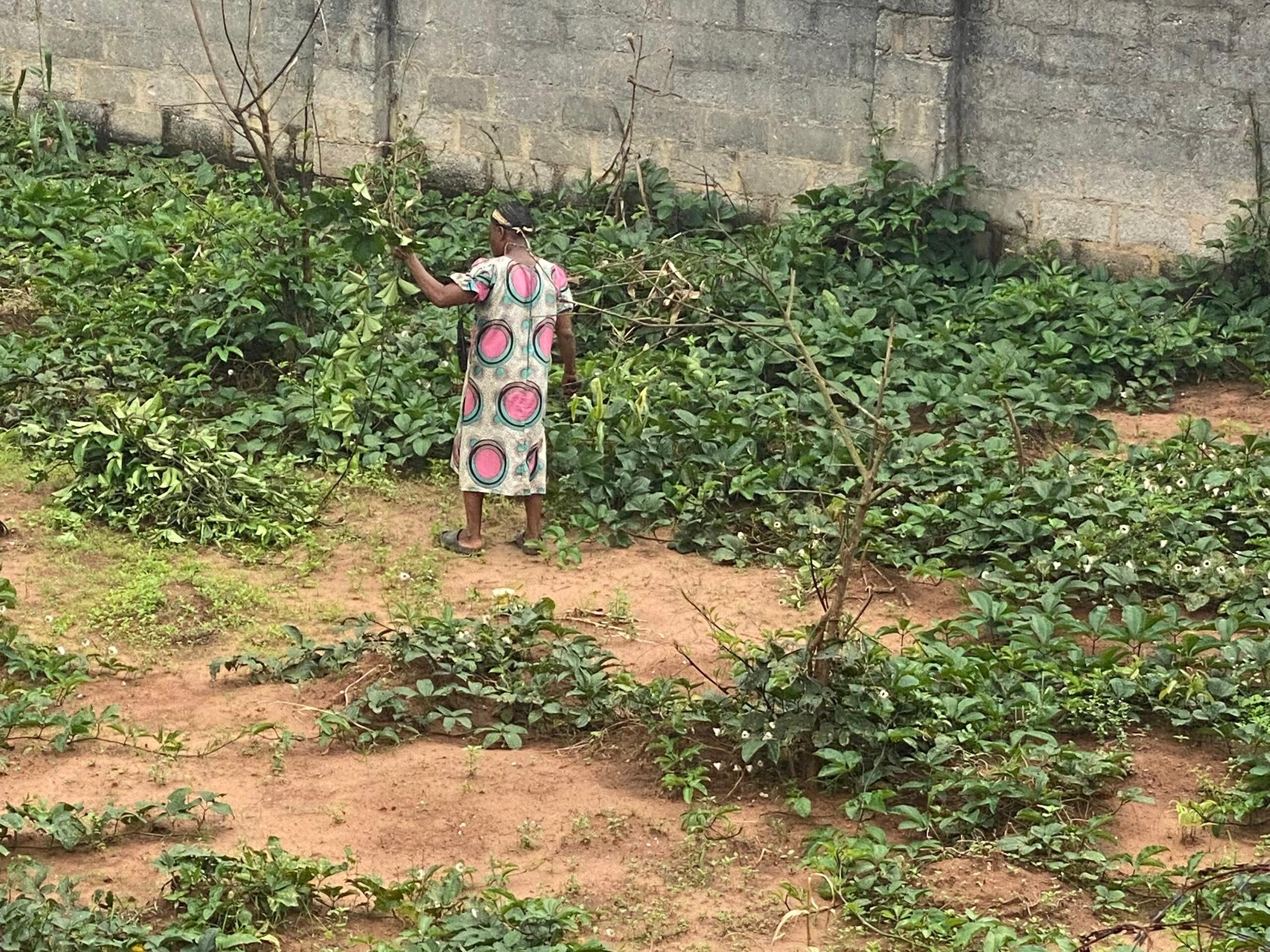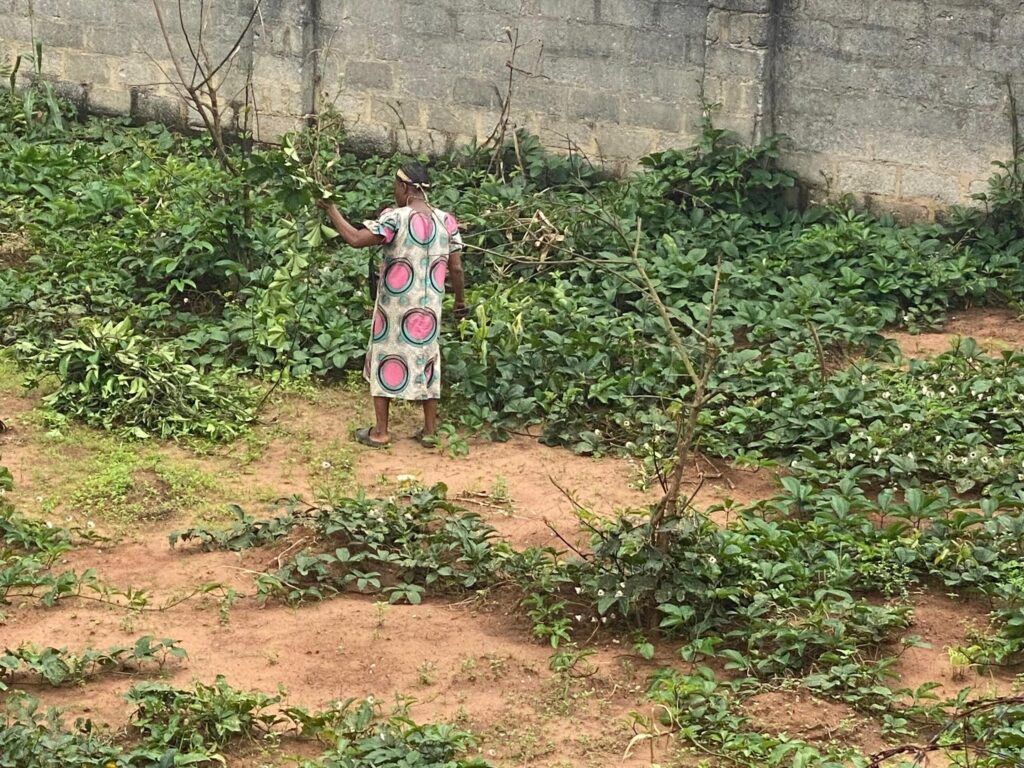
Agricultural producers have series of risks affecting the income and welfare of their households. These are mainly production risks in relation to weather conditions, pests and diseases and market conditions. Consequently, the income stability of agricultural stakeholders can be affected. The economic stability of an entire rural area can be jeopardised by crises caused by different types of natural disaster, from climatic occurrence to livestock or plant diseases. Weather is an important production factor in agriculture, which unfortunately, can hardly be controlled.
Infact, unfavorable weather conditions constitute a major risk in farming operations. Drought or excess rainfalls are responsible for bad harvests all over the world. Besides, it seems that the volatility of temperature, precipitation and the occurrence of extreme weather in the last decade are likely to continue due to global climate changes. This has led to unstable farm incomes in countries with strong yield variability. Perhaps, the most obvious impact of weather risk is on crop yields, but it’s relevance is not limited to crop production. The performance of livestock farms, the turnover of processors, the use of chemicals and fertilisers and the demand for many good products also depend on the weather.
Meaning of Agricultural Insurance
Agricultural insurance is a risk management mechanism put in place to compensate farmers for losses due to natural calamities such as floods, drought and outbreaks of pests and diseases or due to declines in the prices of agricultural commodities.
Insurance is one of the tools that farmers and other stakeholders can use to manage risks that are too large for them to manage on their own. Part of the risk is transferred to another party, who takes it in return for a fee (or premium).
Agriculture has always been a risky business. Unlike the industries sector, it is subject to the vagaries of the weather. The variations in productivity induced by nature cannot be fully accommodated by farmers. It is true that from time immemorial, farmers have devised measures to limit these risks: crop rotation and diversification, inter cropping, use to low yield but hard varieties, tillage systems and share tenancy. Despite these practices, risks are not totally taken away
Importance of Agricultural Insurance
- It guarantees farmers income against losses due to natural disasters.
- It guards against failure/collapse of farm business enterprises/Encourages farmers to plant for the future.
- It attracts investors to agricultural business/encourages commercial farming/encourage agricultural development.
- It improves the farmers standards of living.
- It facilitates access to farm credit.
Various Agricultural Risks
Risks in agriculture can be discussed under the following headings:
1: Human or personal risk: The farm operator can get health problems or even die.
2: Asset risks: These include: theft, fire and other damage or loss. Losses are generally covered by insurance or in case of calamity the public disaster aid may help to reduce the losses outcome.
3: Production or yield risk: Most of the time the weather is responsible, but it also includes risks like plants and animals diseases. Yield risk is measured by yield variability. in turn, yield variability of a given crop differs from region to region, while it is determined by the soil type, the climate and the production method. Regarding livestock, the risk is less considerably, because weather has a minimal influence.
4: Price risk: This is the risk that result from the fall or rise in prices after a production modification has been done.
5: Institutional risk: This is associated with policy changes which interfere with agricultural issues and that can have a negative impact on farm revenue.
6: Financial risk: This refers to the possible increase of interest of a mortgage, insufficient liquidity and loss of equity. The above mentioned risks are often interrelated, so one event can create several impacts on other realities. All the categories of risks have an effect on the income of the stakeholder.
Types of insurance policies for agricultural production
1: Specific enterprise insurance: This is an insurance policy that covers a particular farming enterprises, e.g. crop insurance and livestock insurance. It protects farmers against loss of crops/livestock due to disasters or calamities.
2: Fire disaster insurance: It is an agricultural insurance policy which protects the farmer against losses due to fire outbreak.
3: Life assurance: This covers the farmer, farm workers and farmers household in the event of death.
4: Crop insurance: Crop insurance is purchases by agricultural operators, including farmers, ranchers and other stakeholders to protect themselves against the loss of their crops either due to natural disasters such as hail, drought, and the floods or the loss of revenue due to declines in the prices of agricultural commodities.
Since the production of crops is the most important segment of agriculture, crop insurance is the major component of agricultural insurance.
Scope of crop insurance
The most common perils to which crops are exposed to are:
- Fire (including lightning)
- Hail
- Frost (including snow)
- Windstorm or atmosphere disturbance (including hurricane, tornado, cyclone or typhoon)
- Rainstorm (including excessive or unseasonal rain)
- Malicious damage (including vandalism)
- Convulsion of nature (such as earthquakes, landslides, avalanches or volcanic eruptions) and pests, insects and diseases
When the damage occurs at an identifiable time, and is of shot and sudden duration, such as fire, hail, and convulsions of nature, the perils are manageable. Frost, windstorm, rainstorm, and flood are the intermediary categories of risks where the cause of the loss, or the proximate cause, is still determinable but the farmer has an influence on the extent of the loss.
Crop insurance policy can be broadly grouped into two categories
- Single or named peril.
- Multi-peril or comprehensive or all risk.
A policy is regarded as a single or named peril when one or a few identifiable and specific perils are insured. It is multi-peril or all risk when compensation is provided if they yield falls below a specified point. Conceptually, multi-peril insurance is not the same as all risk. However, in practice, each of the perils influences the other in a multiplier manner, and when a large number of perils are insured, it almost becomes an all risk cover, hence, the two are treated in the same category.


